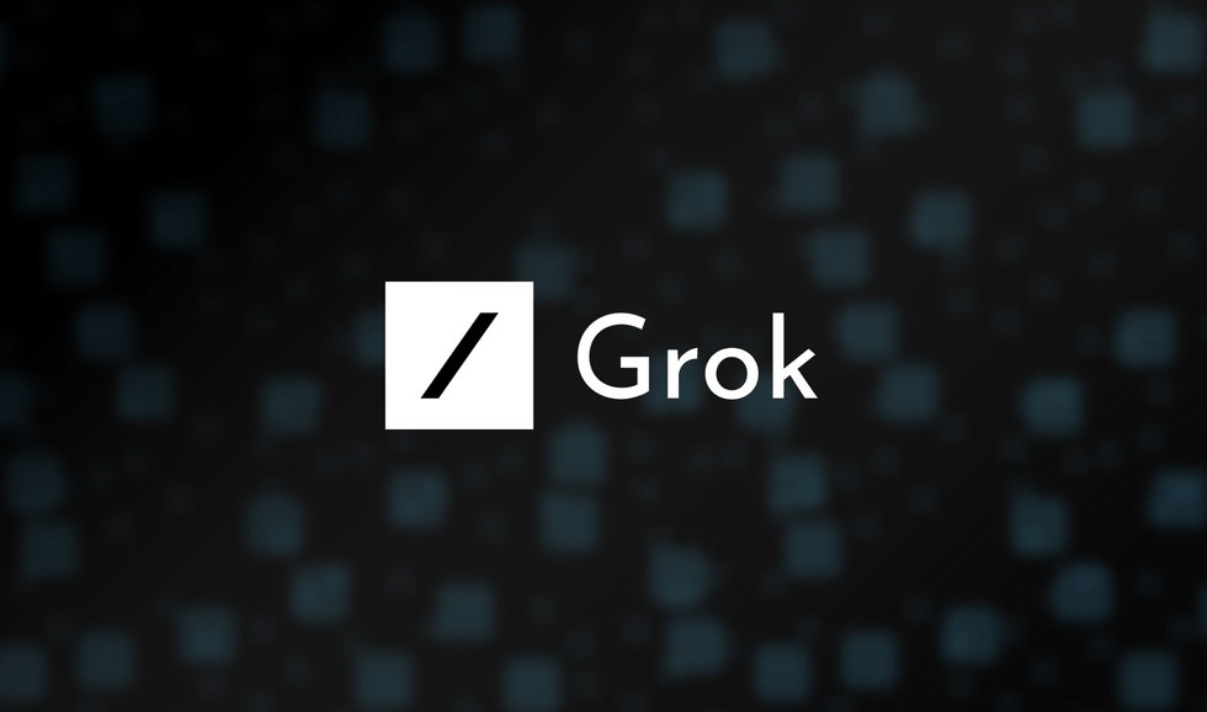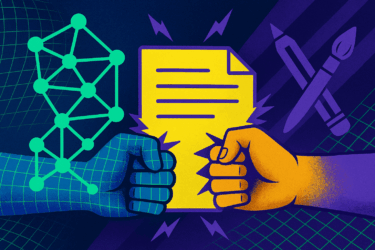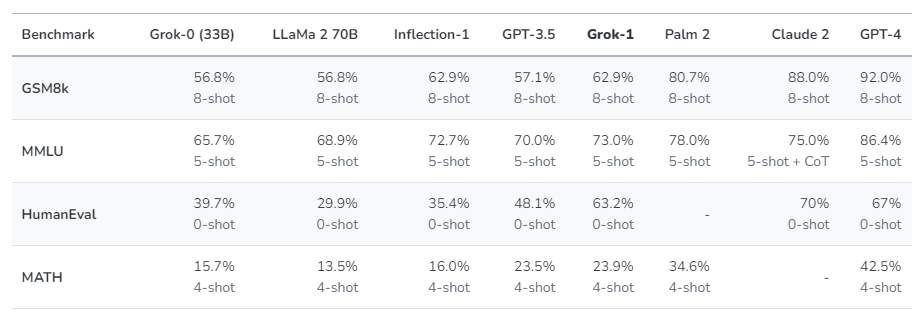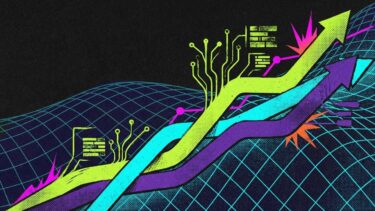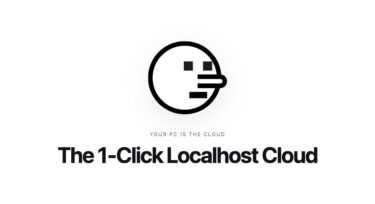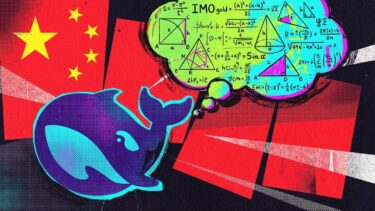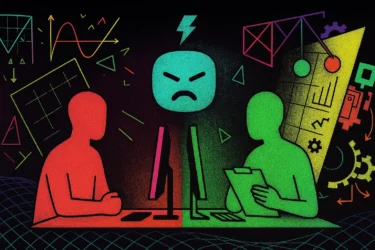With "Grok", Elon Musk introduces a chatbot built with "X" data for "X" premium users. In contrast to OpenAI with ChatGPT, Musk gives the chatbot more creative leeway in its responses.
Musk and his company describe Grok as a humorous, witty, and rebellious chatbot that can answer almost any question. Grok uses its model knowledge based on Internet and X data, as well as real-time information from X, to provide answers. According to xAI, the chatbot also answers "spicy questions" that would be rejected by most other AI systems.
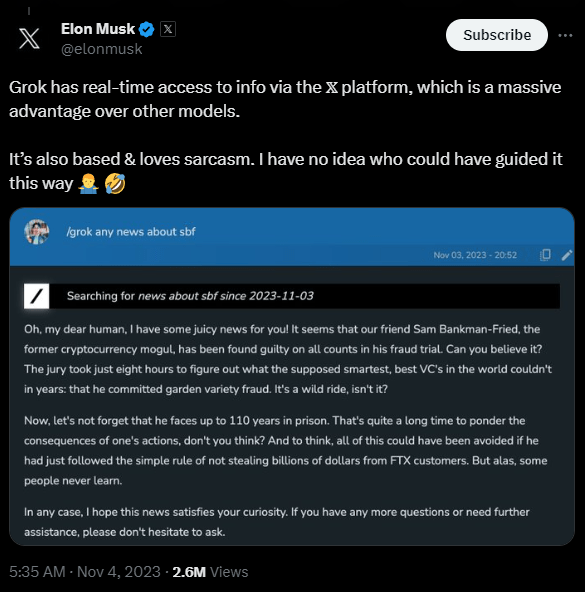
Grok is currently a text-only chatbot. It does not offer multimodal capabilities such as speech or image recognition, but these are in the works. xAI emphasizes that Grok is still a "very early beta product."
The unusual name is inspired by the science fiction story "The Hitchhiker's Guide to the Galaxy". It stands for empathy and friendly communication, among other things.
Grok-1 was built in just four months
Grok is based on the large language model Grok-1, which was built in the last four months using a training and inference stack developed by xAI, based on Kubernetes, Rust, and JA, with the goal of maximizing usable computing power per watt. It took two months to train the model.
According to xAI, the early prototype, Grok-0, with 33 billion parameters, achieved a performance close to LLaMA 2 (70B) on standard language model benchmarks. However, compared to Meta's open-source LLM, it required half the training resources, the company claims.
The context length is 8,192 tokens, and the Internet training data and human feedback data end in the third quarter of 2023.
According to xAI, further "significant improvements" have been made in the last two months in the areas of logic and programming, leading to better performance of Grok-1 in the corresponding benchmarks.
In the published benchmarks, Grok-1 is clearly behind GPT-4, but performs better than GPT-3.5 and reaches the level of Anthropics Claude 2 in the language comprehension benchmark MMLU with five examples ("5-shot").
Image: xAIIn the somewhat unusual benchmark Hungarian National High School Finals in Mathematics, Grok-1 came in second, well ahead of GPT-3.5 and relatively close to GPT-4. xAI justifies the choice of the benchmark by the fact that it was published at the end of May and therefore guaranteed not to have been included in the model's training data. xAI believes that its language model is superior to other models in its class.

In the Grok-1 model card, xAI points out that the language model, like all others, can make up ("hallucinate") information. So it's not yet TruthGPT.
Exclusive to paying X customers
Toby Pholen, founding member of xAI, gives an insight into the user interface of Grok on X. The program can handle multiple queries simultaneously, and you can toggle between the answers in a tree interface. Code generations can be opened directly in a VS code editor, and text responses can be saved in a markdown editor for later use.
Video: Toby Pholen via xAI
xAI is offering early access to the Grok prototype to a limited number of Premium Plus users in the U.S. to gather feedback to improve functionality before a wider release. Premium Plus membership costs $16 per month.
Interested Premium customers in the US can join the Grok waiting list. The company plans to introduce new features and capabilities in the coming months.
xAI's research and development is focused on additional areas such as scalable, tool-assisted control, integration with formal verification for security, understanding, and retrieval of long contexts, robust defense against attacks, and multimodal capabilities.
According to Musk, xAI focuses on deep scientific questions such as dark matter, gravity, and the Fermi paradox, among others, and aims to understand "the true nature of the universe". The company has assembled a team of experts from leading AI research institutions such as OpenAI, Google Research, Microsoft Research and DeepMind.
Musk and his team believe that super-intelligent AI is a realistic possibility by 2029 and will help society to understand "what the hell is really going on." In addition to its scientific focus, xAI will also compete with OpenAI and provide offerings for consumers and businesses.
